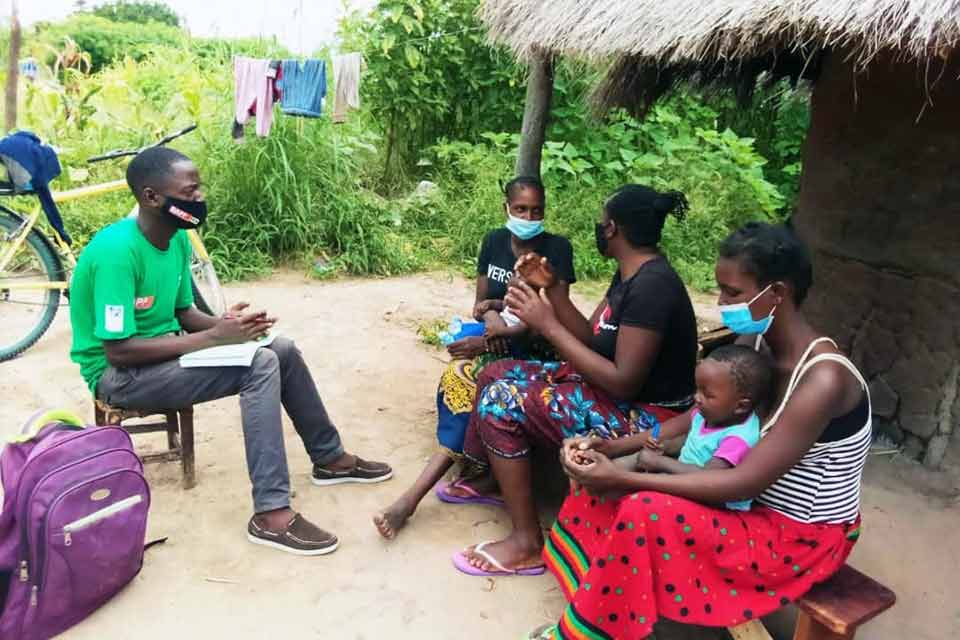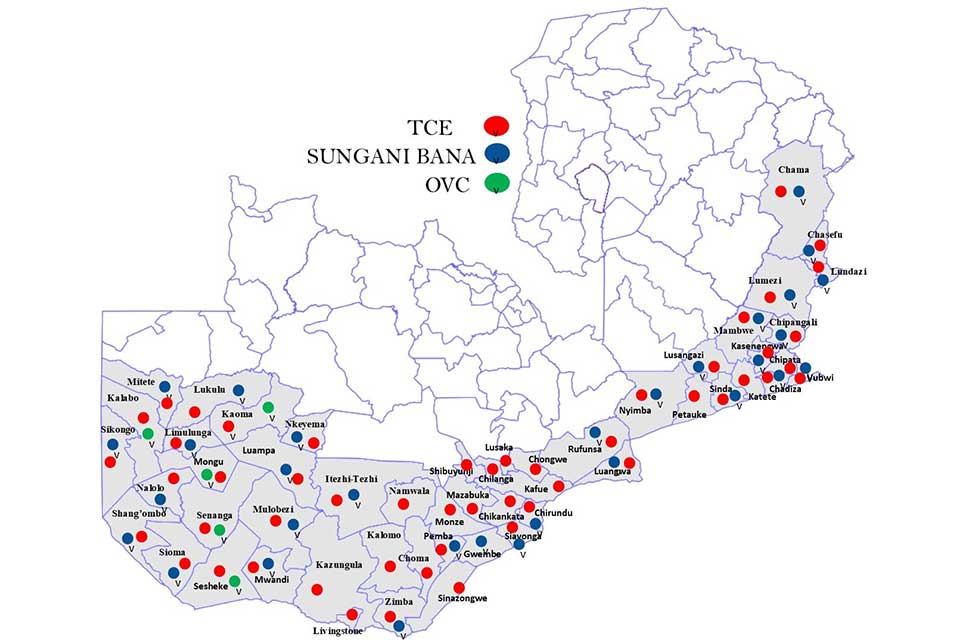1,5 million TB deaths occur worldwide each year and is one of the leading causes of death from an infectious disease, in 2020, tuberculosis death rate for Zambia was 31 cases per 100,000 people. It remains important to accelerate the fight against TB and end TB by 2030.

As DAPP Zambia joins the world to mark World Tuberculosis Day, we are spotlighting the work of our Total Control of the Epidemic (TCE) Program and their TB activities. The model delivers health services directly to hard-to-reach people, whether in the cities or rural areas.
DAPP TCE is implementing TB Programs in Lusaka, Western and Southern Provinces. The programs is targeting early TB detection, referral for TB treatment, support for adherence treatment and care. 44, 174 people were screened and many were initiated in the past 6 months at TB prevention therapy.
This helps us treat people as early as possible and improves the provision of quality TB services and treatment achievement rates. One of the leading causes of death among people living with HIV is Tuberculosis (TB). TB is an opportunistic infection (OI), that is, it occurs more often or more severely in people with weakened immune systems than in people with healthy immune systems. HIV weakens the immune system, increasing the risk of TB in people with HIV.
DAPP’s TB response programme models are community-driven, people-centered and offer locally-led solutions with transformative outcomes. We observed that increasing community participation and adoption of new knowledge supporting social behaviour change.
DAPP Zambia is supporting the theme - “Invest to End TB. Save Lives” which conveys the urgency to invest in the provision of resources required to improve the fight against TB and achieve the commitments to end TB made by global leaders.
Now more than ever, the world needs programmes that have been tried and tested in communities in Africa and Asia. The race to end the TB epidemic belongs to everyone, and the centre of our TB response program shows the success of models that are community-driven, people-centred and offer locally-led results.
We need to put resources into the human capacity building - healthcare professionals and community project activists, infrastructure investment in advanced TB diagnostic machinery at local clinics and district hospitals, and creating synergies between communities and health institutions.


